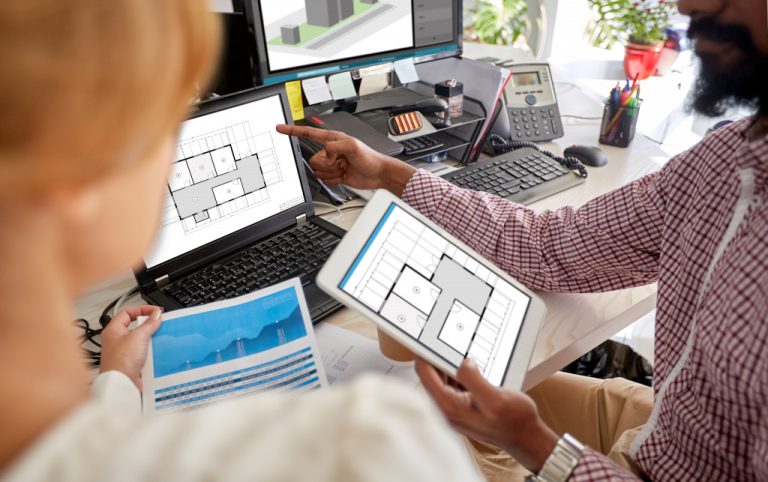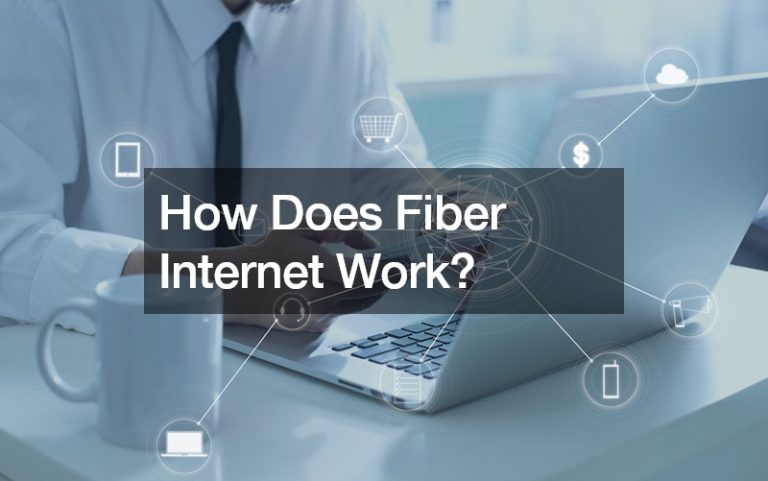There’s no denying the influence technology has had on our lives and in society, especially at a time when we’re spending most if not all our days at home. From the way we do our work to how we consume media, the evolution of digital devices and other forms of technology has made our lives easier and more efficient. It plays such a critical role in all aspects of society that it shouldn’t be surprising that these changes are slowly influencing even the art industry. Because of this, many artists within the industry are taking their art to new levels with the help of different gadgets, devices, and mechanisms.
However, not everyone is on board with the use of technology in creating art. In fact, the subject has long been a topic of debate within the industry, with purists cynical towards the use of technology when more traditional mediums exist and innovators enthusiastic about what the future can bring and using technology to pave the way for a new generation of art that either makes use of digital means complete or combines both fine art and digital art to create unique works. And whether you’re new to the industry or a veteran artist, it’s important to consider how technology has shaped the possible future of art.
Art’s Role in Society
Art doesn’t exist solely for aesthetic satisfaction. It is a form of communication that allows people to tell a story, share their thoughts, and express their emotions in a way that words can’t. Even if the person viewing your art is miles away from where you are, speaks a different language, or has a different culture, it’s still likely that you could express the message you’re trying to convey through your art.
Not only that, but art has served as a way to preserve history from a different point of view, one not solely relying on hard facts, but also how it feels to live in a certain moment, whether it’s 100 years in the past or 100 years into the future.
It even has the power to change opinions and raise awareness on issues that need to be noticed. From climate change to plastic waste, art has served as a creative way to get people to pay attention to what’s happening around us.
The Digital Shift

Many sectors of the economy had already begun the shift to digital even before the pandemic, including the art industry. With the rise of both digital software and tablets, some artists began to transition from physical mediums to digital mediums for various reasons, including:
Versatility
Digital art can be altered in various ways- they can be scanned, manipulated, drawn with a tablet and stylus or mouse, and can even be computer-generated.
Cost-Effectiveness
One main difference between traditional art and digital art is replenishing materials. Digital artists are at an advantage in this area, as the only investment you would need is your skills and digital tools. Compared to traditional art, digital art is cheaper in the long run, as artists will be able to create digital art more efficiently without worrying about running out of materials.
Portability
In most cases, it can be difficult to bring your art materials along with you on a road trip or a flight. Some materials may be prohibited to bring or too much of a hassle to bring with you while you’re traveling. With digital tools, on the other hand, you can use a laptop and pen tablet, allowing you to create digital art on the go.
In recent years, the potential for digital art has grown rapidly, with digital platforms like Instagram, Behance, and Artsy becoming prominent platforms to showcase art.
How You Can Use Technology to Improve Your Art
While many people might disagree on the “right way” of creating art, at the end of the day, it’s about making something you enjoy, no matter what the medium is. With that, here are a few ways you can enhance your artwork with the help of digital tools.
Animate Your Artworks
One unique way to enhance your work is by adding some movement and animating it. Even with the most basic animation techniques, artists can turn their masterpieces into something completely different. It doesn’t have to be a full-on animation, something as simple as a GIF can attract those viewing your art.
Take Printmaking to the Next Level
Printmaking is one of the best ways to learn typography, but it can be difficult for those trying it for the first time. Not using text properly can end up in disaster, with your design printing backward. Fortunately, doing this digitally can help solve this problem by creating your design and simply flipping the image in programs like Photoshop.
If you’re satisfied, you can even decide to transfer your designs to clothing or bags with a heat press.
Create a Digital Acrylic Pour
Acrylic pouring is a fun and creative process that allows artists to express themselves colorfully. However, this can often need a good amount of paint, depending on how big you want your art. Fortunately, this process can be replicated in programs like Procreate and Corel Paint, among others. Not only can you form your own picture with this, but it can also serve as a background for your next art piece.
Explore Unique Mediums
Creating art using the same tool can start to feel repetitive and can lead to a slump. One way to get out of a slump is to try something new, and with art, there are many mediums, styles, and techniques to try. Trying out new ways of creating art such as 3-D printing can not only help you get out of a slump but can also help you create something like you never have before.
Even before technology, the arts already existed. With technology in the picture, it has become a prominent figure in the digital art revolution that’s changing the future of the art industry as we know it. The possibilities are endless when you combine technology with art, and more people are interested in creating and observing art than ever before. Despite the long-standing debates about digital tools in the art scene, one thing for sure, things are changing, and they might just be changing for the better.












